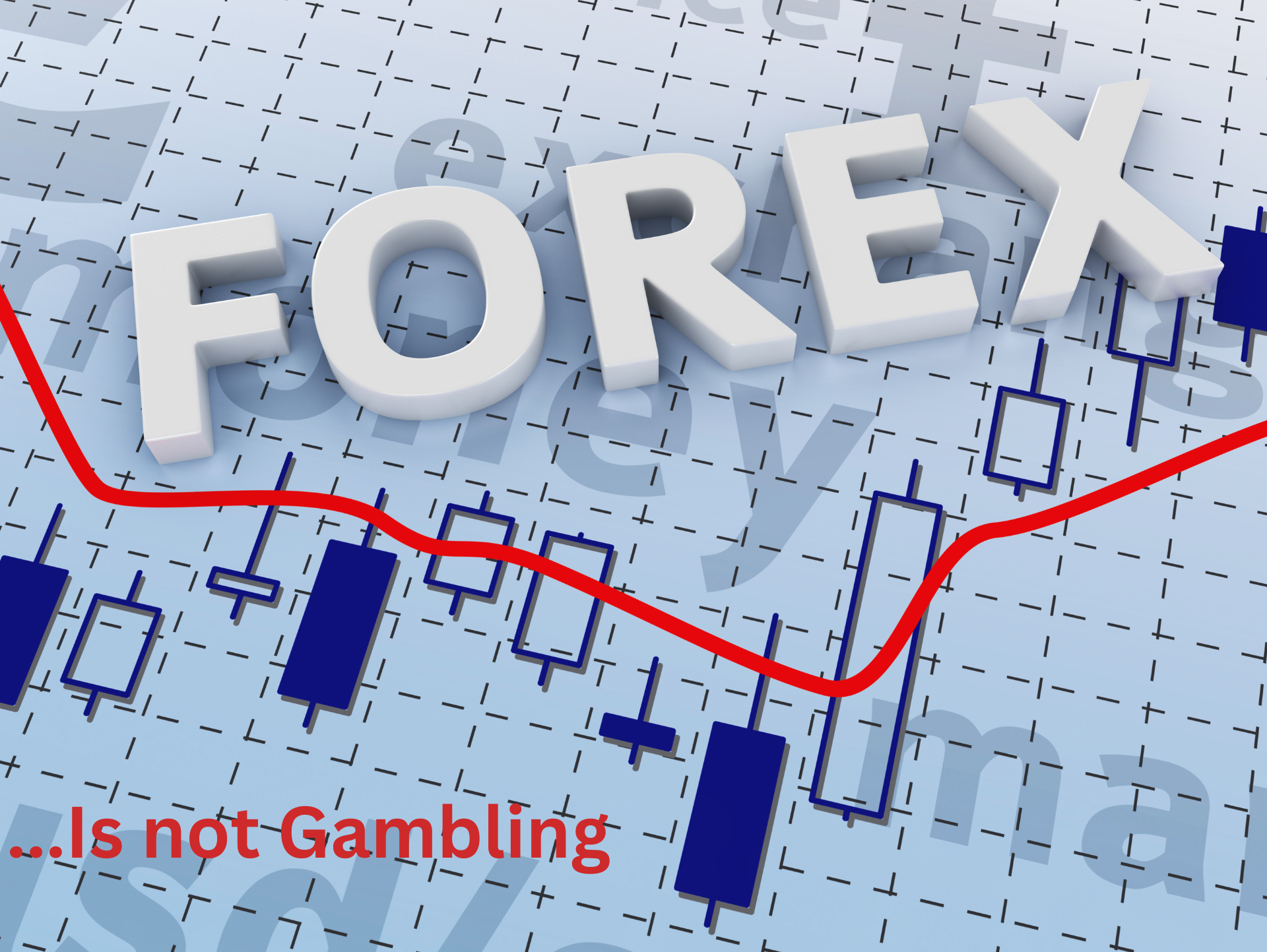
Forex Trading Basics for Beginners: A Simple Guide to Get Started
Forex trading, also known as foreign exchange trading, is one of the most exciting financial markets, offering opportunities to profit by trading different global currencies. But if you’re a beginner, getting started can seem overwhelming. Don’t worry! This guide will walk you through the essentials of forex trading in an easy-to-understand way, helping you take your first steps in this dynamic world.
What is Forex Trading?
At its core, forex trading involves the buying and selling of currencies in pairs. When you trade forex, you’re speculating on whether one currency in a pair will rise or fall in value compared to another. The goal is to make a profit based on these changes in value.
For example:
- EUR/USD is a popular currency pair. If you believe the Euro (EUR) will strengthen against the U.S. Dollar (USD), you buy EUR/USD. If you’re right, you can sell it later at a higher price for a profit.
Forex is traded 24 hours a day, five days a week, making it a flexible market for anyone with varying schedules. It’s also the most liquid financial market, with trillions of dollars traded daily.
Key Forex Trading Terms You Should Know
Before diving into the trading world, here are some basic terms that will help you understand forex better:
- Currency Pair: This is the quotation of two different currencies, where one is the base currency and the other is the quote currency. For example, in EUR/USD, the Euro is the base currency, and the U.S. dollar is the quote currency.
- Pip: A pip is the smallest price move that a currency pair can make based on market convention. For most currency pairs, it’s the fourth decimal place (0.0001).
- Spread: The spread is the difference between the bid (sell) price and the ask (buy) price. This is how brokers make money, and it’s something traders need to be mindful of when entering and exiting trades.
- Leverage: Leverage allows you to trade with more money than you actually have in your account. For example, if you have 1:100 leverage, you can control $100,000 with only $1,000. While leverage can amplify profits, it can also increase losses, so use it carefully.
- Lot Size: This refers to the amount of currency units you are trading. A standard lot is 100,000 units, but beginners can trade mini (10,000 units) or micro lots (1,000 units).
How to Start Trading Forex
Now that you have a basic understanding of the forex market, let’s explore the steps to get started:
1. Choose a Reliable Forex Broker
Your journey starts with choosing a forex broker, a platform that will allow you to trade currencies. Look for a broker that is regulated, offers low spreads, and has a user-friendly platform. Many beginners start with brokers that offer demo accounts, which allow you to practice trading with virtual money before you risk real capital.

Top features to look for in a broker:
- Regulation: Ensure the broker is regulated by recognized financial authorities.
- Spreads & Commissions: Low spreads reduce trading costs.
- Trading Platform: Look for brokers offering platforms like MetaTrader 4 (MT4) or MetaTrader 5 (MT5), which are popular for forex trading.
- Leverage Options: Some brokers offer higher leverage, but be cautious as it increases risk.
2. Open a Forex Trading Account
Once you’ve selected a broker, you’ll need to open a trading account. Many brokers offer different types of accounts, including demo accounts for beginners. With a demo account, you can trade in a simulated environment without risking real money.
After practicing with a demo account, you can transition to a live account. Start small and only invest money you’re willing to lose.
3. Learn Forex Trading Strategies
Success in forex trading comes from having a strategy. There are several strategies that traders use, depending on their goals and risk tolerance. Here are a few:
- Scalping: Involves making many quick trades to capture small price movements.
- Day Trading: Holding positions for a few hours but closing them before the end of the trading day.
- Swing Trading: Holding positions for days or weeks to take advantage of longer-term price swings.
As a beginner, you should start by learning one or two simple strategies, practicing them in your demo account, and refining them over time.

4. Understand Risk Management
Forex trading can be risky, so it’s essential to have a risk management plan in place. Here’s how you can manage your risks effectively:
- Use Stop-Loss Orders: A stop-loss is an automatic order to close a trade when it reaches a certain level of loss. This helps you limit potential losses.
- Position Sizing: Never risk more than a small percentage of your account balance on a single trade (typically 1-2%).
- Avoid Over-Leveraging: While leverage can increase profits, it also magnifies losses. Use leverage cautiously, especially as a beginner.
5. Practice and Keep Learning
No one becomes a successful forex trader overnight. It takes time, practice, and continuous learning. Keep reading forex books, following market news, and practicing your strategies in a demo account.
The Importance of Technical and Fundamental Analysis
To make informed trades, you’ll need to understand two key types of analysis:
- Technical Analysis: This involves analyzing price charts and using indicators to identify trends and patterns. Tools like moving averages, support and resistance levels, and relative strength index (RSI) are commonly used.
- Fundamental Analysis: This focuses on economic factors that influence currency prices, such as interest rates, inflation, and geopolitical events. For example, if a country raises its interest rates, its currency may strengthen due to increased foreign investment.
Most successful traders combine both technical and fundamental analysis to make well-rounded decisions.
Common Mistakes to Avoid as a Beginner
Starting forex trading can be exciting, but beginners often make some common mistakes. Here’s how to avoid them:
- Overtrading: Avoid placing too many trades based on emotions or short-term market fluctuations.
- Ignoring a Trading Plan: Always stick to a trading plan and don’t make decisions based on fear or greed.
- Chasing Losses: Accept that losses are part of the game, and don’t try to win back what you’ve lost by making rash decisions.
Conclusion: Ready to Start Forex Trading?
Forex trading can offer exciting opportunities, but it’s important to approach it with a solid understanding and a disciplined mindset. Start by learning the basics, choosing a reliable broker, and practicing in a demo account. As you gain experience, refine your strategies and keep your risk under control.
With patience, persistence, and ongoing education, you can become a successful forex trader. Whether you’re looking to trade as a hobby or turn it into a source of income, taking the right steps from the start will set you on the path to success.
Good luck, and welcome to the exciting world of forex trading!
